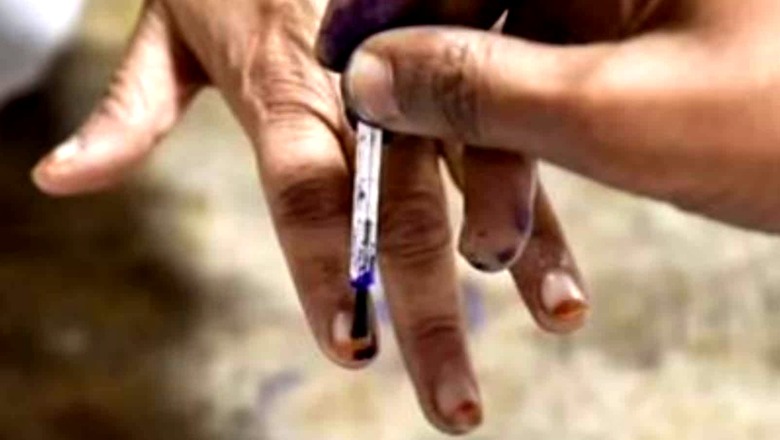
views
The first phase of UP Assembly election on February 10 will be held in the state’s western region. In this phase, polling will be held in 58 Assembly constituencies across 11 districts.
The election analysis of this region has centred on the voting behaviour of Jat and Muslim communities. Most reporters and political analysts view these two numerically dominant communities in this region as homogeneous voting blocs. And, this is where they miss an important point. These communities are socially heterogeneous, carrying multiple social identities within a larger identity of being Muslim. This multiplicity of identities, to some extent, also determines their voting behaviour.
The Muslim community is internally divided into social segments: Ashrafs, Ajlafs (Azlafs) and Arzals. Ashrafs are on top of the social hierarchy, followed by Ajlafs (middle rank) and Arzals, who are at the bottom of the pyramid.
The Muslim community in western UP carries a set of identities, somewhat similar to the caste divisions among Hindus. The Muslim community is further divided into various sub-identities, such as Rohilla Pashtuns, Muslim Rajputs, Ranghar-Jojha, Rayeen Muslims, Muley Jats-Muslims Jats, Gaur Muslim-Tyagi Muslims etc. The Rohilla Pashtuns comprise around 6 per cent of the Muslim population in western UP, Ranghar-Jojha an estimated 5 per cent, Rayeen Muslims 4 per cent, Muley Jats around 3 per cent, Gaur Muslims-Muslim Tyagis around 1 per cent.
These various communities have a common religious identity—that of a Muslim—but they also have their identities tied with their social groups and communities. And, some of these communities have Hindu caste names attached to their Muslim identity. And, these sub-identities or ‘sympathy for their own’ may influence a person’s voting choice, especially if a candidate belongs to this sub-category.
This, even as most Muslim communities usually vote together under a common identity.
In the first phase of UP Assembly election 2022, districts like Shamli, Muzaffarnagar, Meerut, Baghpat, Ghaziabad, Hapur, Gautam Buddh Nagar, Bulandshahr, Aligarh, Mathura, Agra are going to polls. Muslim community is numerically strong here and therefore plays an important role in the electoral politics. All political parties except the BJP have fielded several Muslim candidates from these constituencies.
In a constituency, when two or three candidates from the same community contest an election, their sub-identity plays an important role in mobilising support. In such conditions, the inherent social heterogeneity of the Muslim community comes into play.
In this election, in the contest between Muslim candidates of SP-RLD alliance, the BSP and Asaduddin Owaisi’s AIMIM, one may find the role of sub-identities among Muslims in electoral mobilisation. But most of us often miss the role of such heterogeneity within communities in our analysis of electoral politics in India.
Badri Narayan is Director at the GB Pant Social Science Institute, Prayagraj. He is a political analyst and works on social change. The views expressed in this article are those of the author and do not represent the stand of this publication.
Read all the Latest Opinions here










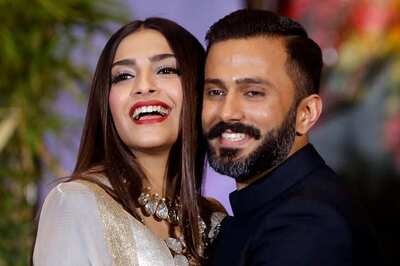
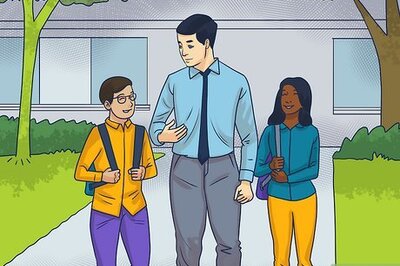



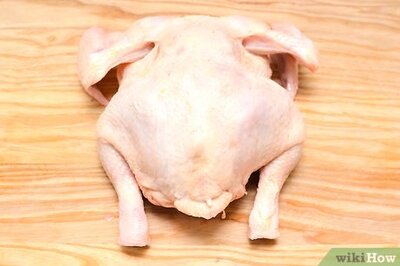
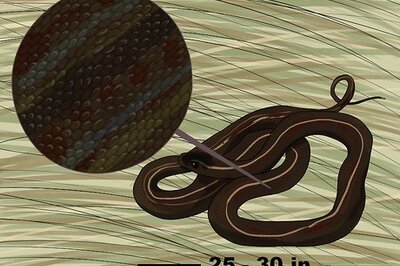



Comments
0 comment